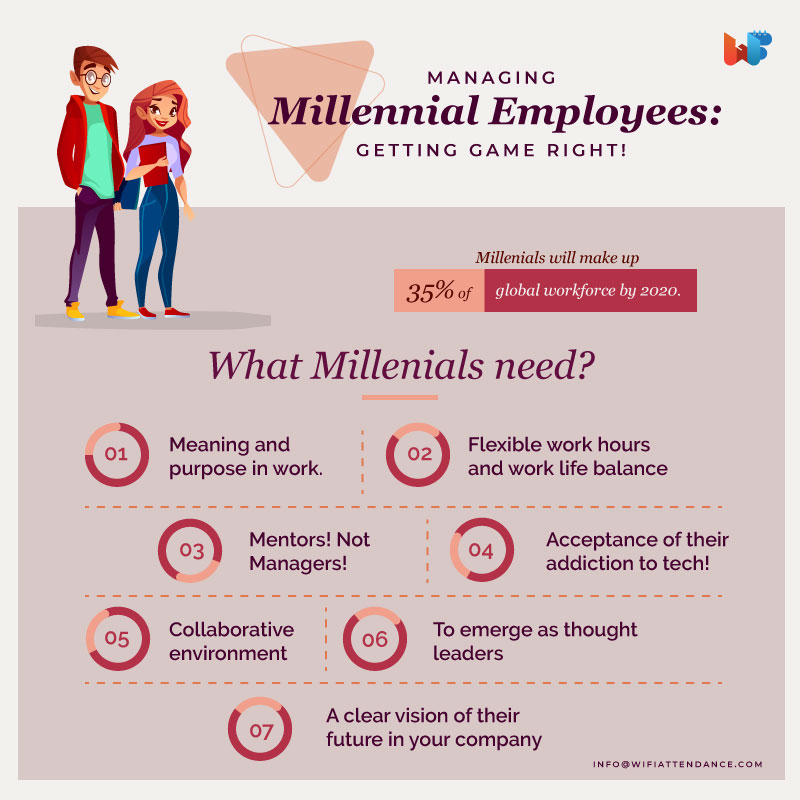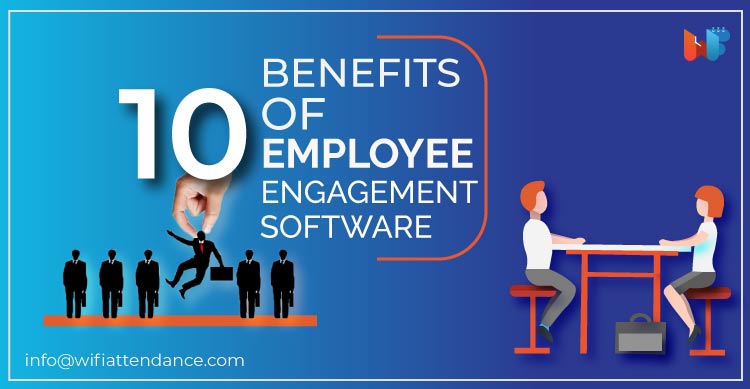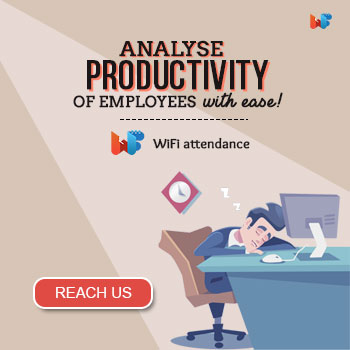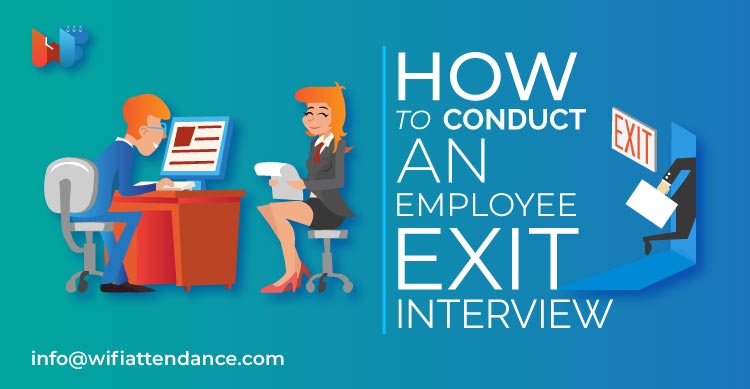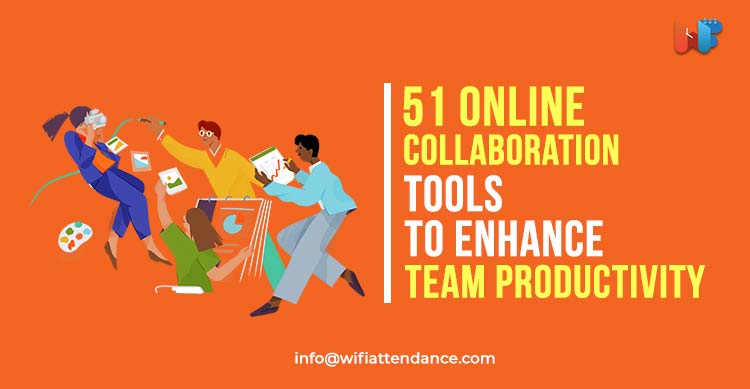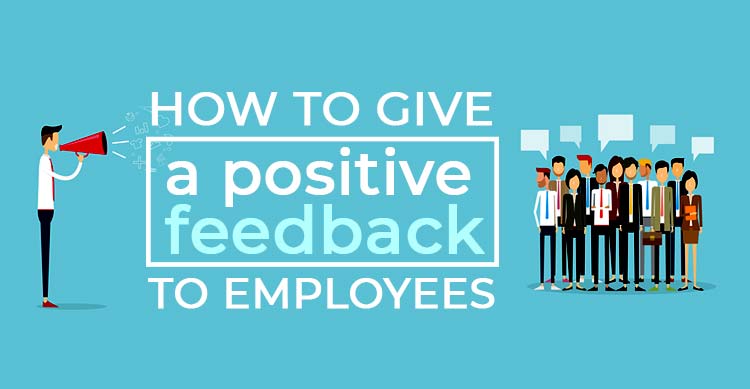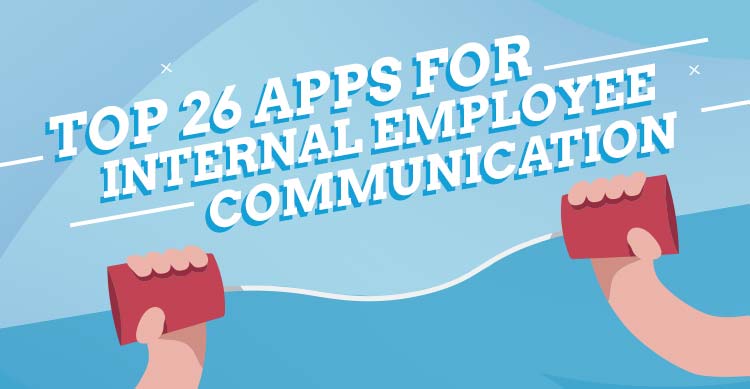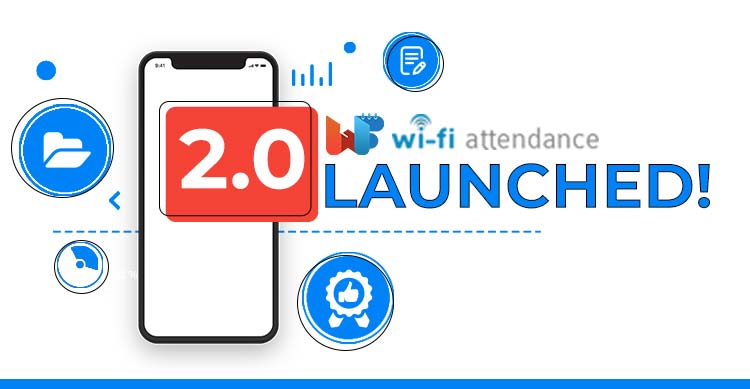Working as a team is important for any organization to reach the goals within minimal time frame. However, all members of a team may not be working from a single office but may be scattered in many parts of the globe.
This can be really challenging when it comes to collaboration including team communication, work flow and project management. There are many online collaboration tools available now which can be really handy during these times.
Whether it is file sharing, documentation, design or even organized remote communication, there are specific tools that can make the job easy and more organized.
Are you looking
for amazing online collaboration tools to enhance your team productivity? Then
have a look at this huge list of the top rated tools for the job.
Read Also: Top 26 Apps For Internal Employee Communication in 2019
Collaborating across locations, departments and business apps is no more a problem as this private social network can be handy. You can create groups and share posts. All what you need to access your venture’s Yammer network is an email id from the particular company’s domain.
All employees of your team can log on to this cloud platform, provided they have a WiFi connection. This project management tool lets you have an overview of all current projects and the three panel dashboard lets you access any data of a particular project.
Remote teams can make use of this power house messaging app to improve their communication. It comes with numerous bots and powerful integrations and operates in channels. Tracking and archiving conversations will be easy through channel options.
Remote teams can make use of this power house messaging app to improve their communication. It comes with numerous bots and powerful integrations and operates in channels. Tracking and archiving conversations will be easy through channel options.
This project management tool is particularly designed to help technology teams. Tool’s flexibility is the key and team can use it to collaborate seamlessly, organize projects in a better way and track time taken for completion of projects.
This project management tool is particularly designed to help technology teams. Tool’s flexibility is the key and team can use it to collaborate seamlessly, organize projects in a better way and track time taken for completion of projects.
This is one of the most common communication tools used by business professionals for its awesome features and free accessibility. Audio and video calls can be made despite the type of devices used on both sides. Group call feature can be a good help during group discussions on projects remotely.
Creating and editing of databases can be done in a better way with this project management tool. You can easily sort out project elements by organizing information in tables. Collaboration is well supported as it allows creating and saving custom views.
Your team collaboration can be made more efficient with this private hosted chat service. Unlike group chat, this tool allows for collaborating tasks and docs by uploading it according to individual convenience. Video chat feature can be initiated from any device allowing you to communicate with the team on the go.
This project management tool is ideal for smaller business teams to manage their work decently. This very affordable software is powerful but comes with simple and easy to use features. The tool has a very minimal learning curve.
If your venture is on a budget, you can go for Google Hangouts to help you move on. Hangouts on Air allow you to record the Hangout so that you can view it later on your convenience. The privacy feature lets you to hide the public display of Hangouts.
This wiki platform lets you to share and upload documents and create pages for your team. It features an internal documentation library and an easy-to-use interface. It also features good storage and search capabilities to effectively manage data on past, present and future projects.
Hosting a meeting with your customers or colleagues is a lot easier than you think if you choose to use GoToMeeting.You can simply launch a meeting from anywhere despite whether it is instant messaging or emails and features one click recording.
It is a user friendly screen recording tool known for its ease of use. Its option to simultaneously do webcam recording and screen recording makes it a unique option. During editing, you can add transitions and share video via a thumbnail in any web page through a link.
It is a user friendly screen recording tool known for its ease of use. Its option to simultaneously do webcam recording and screen recording makes it a unique option. During editing, you can add transitions and share video via a thumbnail in any web page through a link.
The design collaboration with your team can be made easy with this enterprise grade prototyping tool. From uploading designs to gathering feedbacks, everything related to design can be made remotely. In fact, projects can be managed from a single dashboard.
This is a user friendly web-based project planning tool which is designed to work on the basis of Gantt charts. Its intuitive UX/UI design makes anyone an advanced user of the software in merely few minutes. It comes with a resource management feature and you can create and assign task to individuals.
This online password manager lets you track the many numbers of passwords and usernames needed for your project with ease. There is no limit for number of passwords that can be stored and provide syncing option across devices
This is a comprehensive visual design collaboration tool that helps to manage project designs remotely. It keeps track of versions and enables everyone to keep up the speed. With email notifications and in-context annotations, the app allows real time feedback on prototypes.
This user friendly collaboration application is a good option to streamline the review and approval processes and improves internal and external communication. The tool helps you to get feedback from clients on desired documents and enhance the quality of conversations based on feedbacks.
Collaborating, editing, sharing and publishing any kind of documents with remote teams is easy with Google Docs. Creating spreadsheets, presentations or blog posts are a lot easy with this tool. All these can be done free of cost.
This tool for smaller business and teams allows sharing of files with customers in an easy and more organized way.Assigning and managing tasks are made simpler and visual comments can be made on the design making the project more interactive.
It is a comprehensive tool for UX design deliverables aiding web design professionals. Designers can simply create a design once and use it whenever needed in future. Flexible design elements can be made with nested symbols.
Creating beautiful presentations with your clients or customers is no more a big deal if you use Prevue. In fact, presenting the project and getting the client feedback is almost possible in real time with this app.
Creating beautiful presentations with your clients or customers is no more a big deal if you use Prevue. In fact, presenting the project and getting the client feedback is almost possible in real time with this app.
Managers who host the meeting with their remote employees can use this tool to share their desktop with them easily. It features face-to-face live video option and even the control of keyboard and mouse can be transferred to any presenters if desired.
Startups looking for a quality tool for basic documentation and editing can go for this free version of Microsoft’s original Office suite. Even when there are some limitations when compared to paid version, you can get the best out of Word, Excel, PowerPoint, and Onenote for free.
This bug tracking software enables your team to report bugs in the browser. The time for communication can be reduced as it can be seamlessly integrated with existing workflows. Feedbacks for website prototypes and design drafts can be easily made.
Read Also: 15 Tools for Improving Employee Productivity
This is a comprehensive collaborative editing tool that works in real time which is available for free. This Open Source online editor is highly customisable and clients and customers can write and edit the documents in same time.
In addition to taking back up of your file, SugarSync allows you to maintain even the folder structure unlike many similar tools. This helps to know exactly where your desired files are and access it pretty easily.
Easy and quick organization of files is possible with this awesome tool and you can share the desired files with your team anytime. You can store up to 15 GB of files for free including any digital files and team can access it from any device.
With this tool, your social media contacts and address book can be combined into a CRM solution for sales and marketing. It features group messaging options and provide insights into who has clicked or opened the messages.
With this tool, your social media contacts and address book can be combined into a CRM solution for sales and marketing. It features group messaging options and provide insights into who has clicked or opened the messages.
This is one of the top class file sharing tools from Microsoft which offers 5 GB for free and another 50GB if you pay. This comes pre-installed on Windows 10 which is compatible with all devices. Accessing and sharing files is allowed despite PC, Mac, Android, and iOS.
This comprehensive tool enables your team to stay more productive at work as it offers anything and everything required to plan and run the projects. You can even set dependencies on tasks in addition to adding people and assigning roles of team members.
Syncing your work is a lot easy with Dropbox despite the type of device used or where you are. The business version of the tool offers 1 terabyte space and comes with additional features like higher sharing limits and priority email support.
The visual teams can find RedPen as a really handy fast feedback tool. It allows you to receive feedback from your team and your thinking can be explained through clicks and points. Feedback from clients can be received through private links.
This is one of the simple storage and file sharing platforms with user friendly features. Even when it doesn’t offer any high end features which makes the tool complex, it serves the purpose of the actual file sharing needs to run a project decently.
This is a mixture of project collaboration tools allowing clients or customers to come together and execute planning and related works all from a single place. The tool enables you to create project workspaces that help to work as a team despite their geographical location.
Seamless collaboration and communication is practical with this business messenger which is powered by AI. The handy file sharing and unlimited searchable history with instant messages can make small teams to go more productive. It features voice transcripts and audio and video calls.
This powerful project management tool lets managers to run their businesses smoothly despite whether their team members belong to which all countries or time zones. They can easily have a look on their daily tasks or even see how productive their working days are.
This awesome tool lets managers to perform online training and demos and collaborate virtually. It enables you to share your screen, web pages or photos and cloud content. It even comes with a white board feature and group messaging options.
This web-based project management tool lets managers to organize the projects using cards. The cards are organized on a board and each column signifies a part of the project. This lets you to have a glimpse on the board and check on project status.
This simple online meeting tool is a great option to work with remote teams with file sharing and screen sharing options. It is browser-based and so assures user friendliness and features audio and video conferencing options. All you want is a session ID on join.me to join a conference.
With Wrike, you can take project management to a different level as it lets you to effectively break heavy tasks into simple goals and manageable units. Data reading is possible for analysing the time and money invested on each project and lets you easily track individual performance to the team.
It is a comprehensive tool for telecommuting, collaboration and IT support. With just a password, admin program can even allow reverse sharing so that client can access admin computer. One can even run a portable version of TeamViewer without installation.
The digital workspace of this tool let you to minimize the number of meetings and track the progress of projects seamlessly. The tool enables you to do anything from planning a project, assigning tasks to employees, holding a meeting to setting goals, deadlines, and milestones.
Teams handling web related projects can use this visual platform for easy collaboration. Automatic updates are sent to team if a problem is reported or resolved. Screenshots of prototypes can be uploaded and feedback can be provided by team.
This is one of the large and software repository platforms for effective project management. The tool was designed by Atlassian which justifies its popularity and it offers unlimited private repositories. With this tool, collaborating on projects is really easy for developers within enterprises.
This tool for designers is particularly meant for freelancers and small business teams to share their creative work. Receiving recommendations and feedbacks from clients is possible without the need of any logs. It lets you design files and work on multiple projects with your team from a single place.
This free to use simple markdown editor is flexible to suit your specific needs. It comes with a subset of the HTML features with all the basic editing options needed during the project processing.
This awesome software tool comes with the tag line “A playground for the front end web.” You can just start off the tool for free and may upgrade to higher versions for pro features. Finding inspiration or design pattern examples for your project and try building a test case for a bug is practical with this tool.
This browser-based documentation tool enables project managers to set up and publish FAQ tutorials or user manuals with ease. It comes with a range of pre-built templates with diverse themes. It allows integration with Google Analytics and offer support for Meta tags.
This email client for Windows makes your online communication more seamless. Other messenger platforms can be managed well as it allows third party integrations. It is known for its ease of use as the app can be learnt within 5 minutes.
This web based git repository service lets teams to secure projects on a more minute level and assures safety of projects while team is working on it. It is written in the Ruby language and comes with stand out branch protection, permissions and authentication features.
This web-based wireframing solution is flexible in nature and allows managers to approach a project in a better way. The project workflow can be revolutionized using its powerful prototyping features. The interaction between assets and elements of a project can be done without switching apps.
Read Also: Top 20 Parental Control Routers to Use in 2019
Keep this awesome list of online collaboration tools as a check list which might help you whenever you are finding it challenging to collaborate with your team.
Even when a good collaboration tool can add a lot of value to your team success, choosing the right tool that serves your actual purpose is the key.
For that you will have to spend some quality time on discussing the pros and cons of the tools in question and analyze how it will help you in betterment.
Even when a good collaboration tool can add a lot of value to your team success, choosing the right tool that serves your actual purpose is the key. For that you will have to spend some quality time on discussing the pros and cons of the tools in question and analyze how it will help you in betterment.
Always consider
tools that offer multiple features so that your team can use tool in various
possible ways. And a Cloud-based
technology can be preferred as you need not worry about the version controls.
